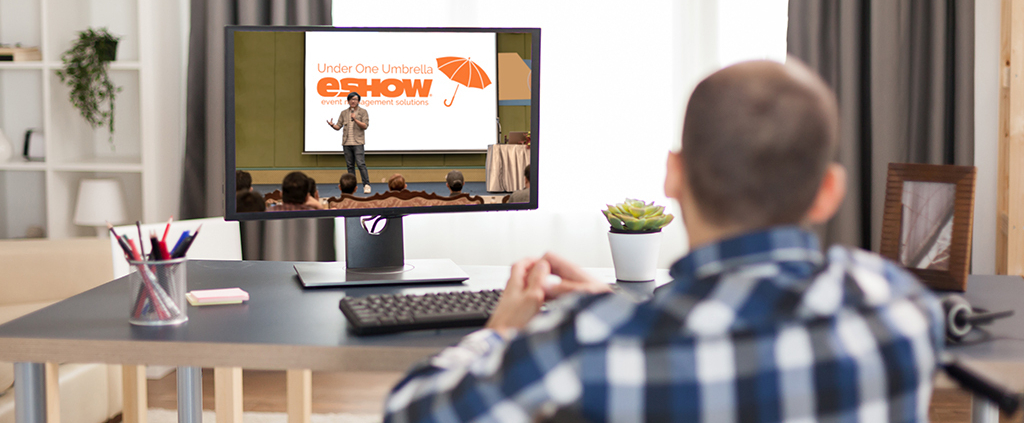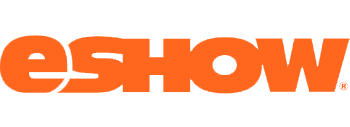Back in the day – in other words, before COVID-19 – getting ready for meetings and events meant time, preparation, and planning. But live functions had to move to hybrid and virtual platforms due to coronavirus-driven lockdowns and social distancing mandates.
While the way in which meetings and events content is presented differs from pre-2020, preparation is still required for success. There is more to a positive hybrid event than putting together many presentations and speakers, dumping them on a streaming service, and believing that participants will happily show up.
The good news is that these following seven steps can help you develop and implement a successful hybrid event, one that attendees, presenters, sponsors, and vendors will talk about and remember!
1. Define Your Objectives
This might seem to be a basic point, but before you book your first speaker or sign on that vendor, figure out the point of the event. Not all are created the same. Do you want to educate and inform? Provide networking opportunities? Buy, sell, or swap items? Your answers to these questions will help formulate the type, venue, and configuration of your event.
Take some time and effort to consider your organization’s goals and how the event you’re planning will align with those aims.
2. Determine The Configuration
Let’s return to the definition of hybrid events. According to Meeting Planners International, hybrid events “include any meeting or event with at least one group of face-to-face participants that digitally connects with participants in another or multiple locations.”
This definition provides a framework for many different set-up configurations, such as the following.
- Live main and virtual participants, consisting of in-person presenters in one location and content streamed to virtual viewers.
- Main and one-way pods, in which virtual viewers come together in groups to watch the live event together
- Main and two-way pods, which allows attendees to present from different locations or to share perspectives on a topic
- Studios and pods, which uses space to create and broadcast content to small groups in remote locations
Putting your configurations on paper (literally or figuratively) will lead to more efficient planning. It can help you plan for the right content and activities. Speaking of content . . .
3. Match Content to Delivery Systems
Think about this. When you planned live events before 2020, your focus might have been on keynote speeches, main presentations, or breakout sessions. This planning, in turn, drove the type of content and activities delivered in these formats. Content that might be effective in a breakout session would not have worked out quite as well in a round-table format.
It’s the same with a hybrid event. The highly effective presentations in a live event could fall flat in a streaming environment or pod interaction. While you’re at it, be sure your speakers are comfortable with the designated formats. Someone who struggles with public speaking might do just fine with an online presentation, while another individual with a compelling physical presence would be more effective in person.
4. Stand Out From The Rest
Many, many organizations are developing and putting on hybrid events. This isn’t a bad thing, but it does mean that all these events are remarkably similar.
Don’t fall into this rut. You took pains to ensure that your pre-COVID life happenings would be events to remember. Do the same with your hybrid offering. There are various “extras” you can add to move your meeting or event from the mundane to the spectacular.
Consider the following ideas.
- Hire musicians to play live music between sessions and panels
- Produce and show short, fun videos that tie into the theme of your event
- Involve participants in interactive games, such as trivia, scavenger hunts, or virtual board games
- Encourage attendees to become involved through a virtual show and tell
Like hybrid event configurations, the extracurricular activities you implement in your event are limited only by your imagination.
5. Promote. A lot
Certainly, hybrid events allow for outreach to more participants than ever. But don’t fall into the “if we build it, they will come” mentality. People still need to know that your meeting and presentations are taking place. They still need to understand why such events are important to them and why they are helpful. Therefore, having your promotion plan in place is an essential part of preparation.
For the maximum benefit and impact, be sure that you target your audience, prepare carefully crafted messages, and deliver them through appropriate mediums and at the right times.
6. Check, Check, and Re-Check The Technology
Before your live event got off the ground, you made sure that microphones worked and audiovisual equipment was functional. You also made friends with the tech person; in case something went wrong.
It would be best if you did this in preparation for your hybrid event, too. In fact, planning is even more important for a hybrid happening because more technology will be in use. You’ll be juggling streaming services, videoconferencing equipment, webinar software, and audio feeds. In addition, you’ll want redundancies in place should something go wrong. And you’ll want to make friends with the tech person.
7. Put Measurements & KPIs In Place
How did you determine the success of your live event? How did you ensure that objectives were met? By the way, remember objectives? The first preparation requirement?
At any rate, to answer the above, you would place audience measurements and feedback in place before the first presentation. The same holds for your hybrid event. Before your first participant logs onto Zoom or your first presenter takes the stage at a live venue, you need your key performance indicators and feedback mechanisms in place. This feedback can tell you if that hybrid event met your objectives.
Feedback mechanisms can include emailed surveys following a streaming meeting, virtual polls after a keynote address, or even live commentary during a particular breakout session. Any way in which you can gauge participant response can be helpful for future events!
Benjamin Franklin Was a G-enius
According to the philosopher, scientist, and Founding Father Benjamin Franklin, “if you fail to plan, you are planning to fail.” This is certainly true for life in general and your hybrid event specifically. Preparation is essential to ensure success and to help reduce any potential problems.
With a sound strategy and plan of action in place, your event will resonate with attendees, presenters, vendors, and others.
To help manage any meeting or event in any format, visit eShow to learn about tools and web-based products that can direct you to success!


